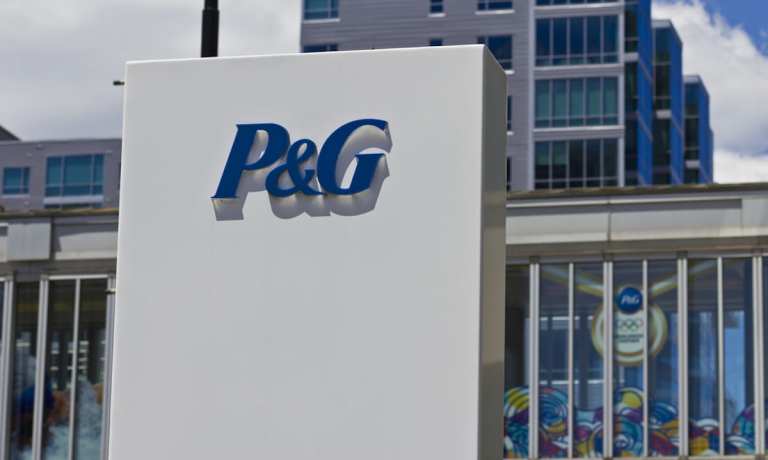
With the delta variant slowing workers’ return to the office, consumer goods giant Procter & Gamble Co. said demand for many of its products remains heightened and continues to drive eCommerce growth for the company.
Chief Financial Officer Andre Schulten said P&G continues to see elevated demand for paper towels, by 10%, and toilet paper, by 5%, because consumers are still spending more time at home than was previously typical.
“I think the strength of consumption in all categories is really driven by the choice of categories that we operate in,” Schulten told investors and analysts on a conference call, pointing to the company’s focus on health, hygiene and the clean home — categories that have seen increased attention since the onset of the global pandemic.
Digital sales of P&G products were up 16% year-over-year between July and September, the CFO said, and 66% compared to 2019. In the U.S. specifically, eCommerce has grown by 11% versus 2020.
Digital currently accounts for about 14% of P&G’s total sales, including both direct-to-consumer (D2C) and through omnichannel partners such as Walmart and Target.
“We believe that a focus on strong brands, as driven by COVID, is benefitting us specifically in an eComm environment where we show up in search on the first page,” Schulten said.
Readers also liked: P&G Enters The Connected Device Market
Price Hikes
P&G said it would be raising prices on certain grooming, skincare and oral care products, following price hikes earlier this year on staples such as diapers, toilet paper and feminine care products. Schulten said the degree and timing of the price increases are “very specific to the category, brand and sometimes the product form within a brand.”
“This is not a one-size-fits-all approach,” he said.
Related: P&G Warns Of $1.9B In Cost Increases For FY 2022
Schulten noted that P&G will be “closely monitoring” consumer demand as price increases reach store shelves, but said the company hasn’t seen notable changes in consumer behavior thus far. Pricing is expected to be a large contributor to sales growth in the coming quarters.
P&G recorded $20.3 billion in the first quarter of its 2022 fiscal year, which began in July, a 5% increase year over year. Excluding the impacts of foreign exchange, acquisitions and divestitures, organic sales increased 4%, driven by a 2% increase in volume, 1% increase in pricing and positive mix impact of 1%.
Navigating Supply Chain Issues
The price increases are in part a response to the stress being put on supply chains around the world, causing dozens of ships to sit offshore waiting to be unloaded amid a shortage of capacity and workers at ports, warehouses and transit companies.
Schulten said P&G is certainly not immune to the impacts of tangled supply chains, but its scale and relationships with suppliers around the world allow for more flexibility, allowing sourcing to be shifted from one supplier to another if materials are not available or freight lanes are not open enough.
P&G is also able to store inventory “on a global basis,” the CFO said, meaning that the company doesn’t have to build inventory in the same place where the product will eventually be sold to a consumer.
“Of course, if there are any major disruptions to supply chains, we would be exposed just like everyone else,” Schulten told analysts, but noted that P&G has been investing to bolster its supply chain for several years.
“We have significant opportunities still in our supply chain to leverage the digitization we’ve been investing in our supply chain over the past years, better synchronize demand from suppliers all the way to retail partners,” he said, adding that P&G still has further work to do to optimize work processes and utilize automation.